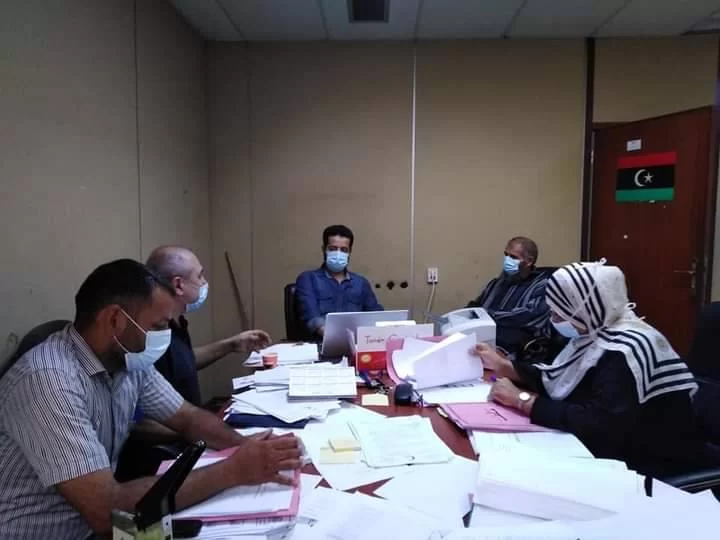Exploiting epidemiological data to understand the epidemiology and factors that influence COVID-19 pandemic in Libya
There were only 75 confirmed cases of coronavirus disease 2019 (COVID-19)
reported in Libya by the National Center for Disease Control during the first two
months following the first confirmed case on 24 March 2020. However, there was
dramatic increase in positive cases from June to now; as of 19 November 2020,
approximately 357940 samples have been tested by reverse transcription
polymerase chain reaction, and the results have revealed a total number of 76808
confirmed cases, 47587 recovered cases and 1068 deaths. The case fatality ratio
was estimated to be 1.40%, and the mortality rate was estimated to be 15.90 in
100000 people. The epidemiological situation markedly changed from mid-July to
the beginning of August, and the country proceeded to the cluster phase. COVID�19 has spread in almost all Libyan cities, and this reflects the high transmission
rate of the virus at the regional level with the highest positivity rates, at an
average of 14.54%. Apparently, there is an underestimation of the actual number
of COVID-19 cases due to the low testing capacity. Consequently, the Libyan
health authority needs to initiate a large-scale case-screening process and enforce
testing capacities and contact testing within the time frame, which is not an easy
task. Advisably, the Libyan health authority should improve the public health
capacities and conduct strict hygienic measures among the societies and vaccinate
as many people against COVID-19 to minimize both the case fatality ratio an
Abdusalam Sharef Abdusalam Mahmoud(1-2021)
Publisher's website






